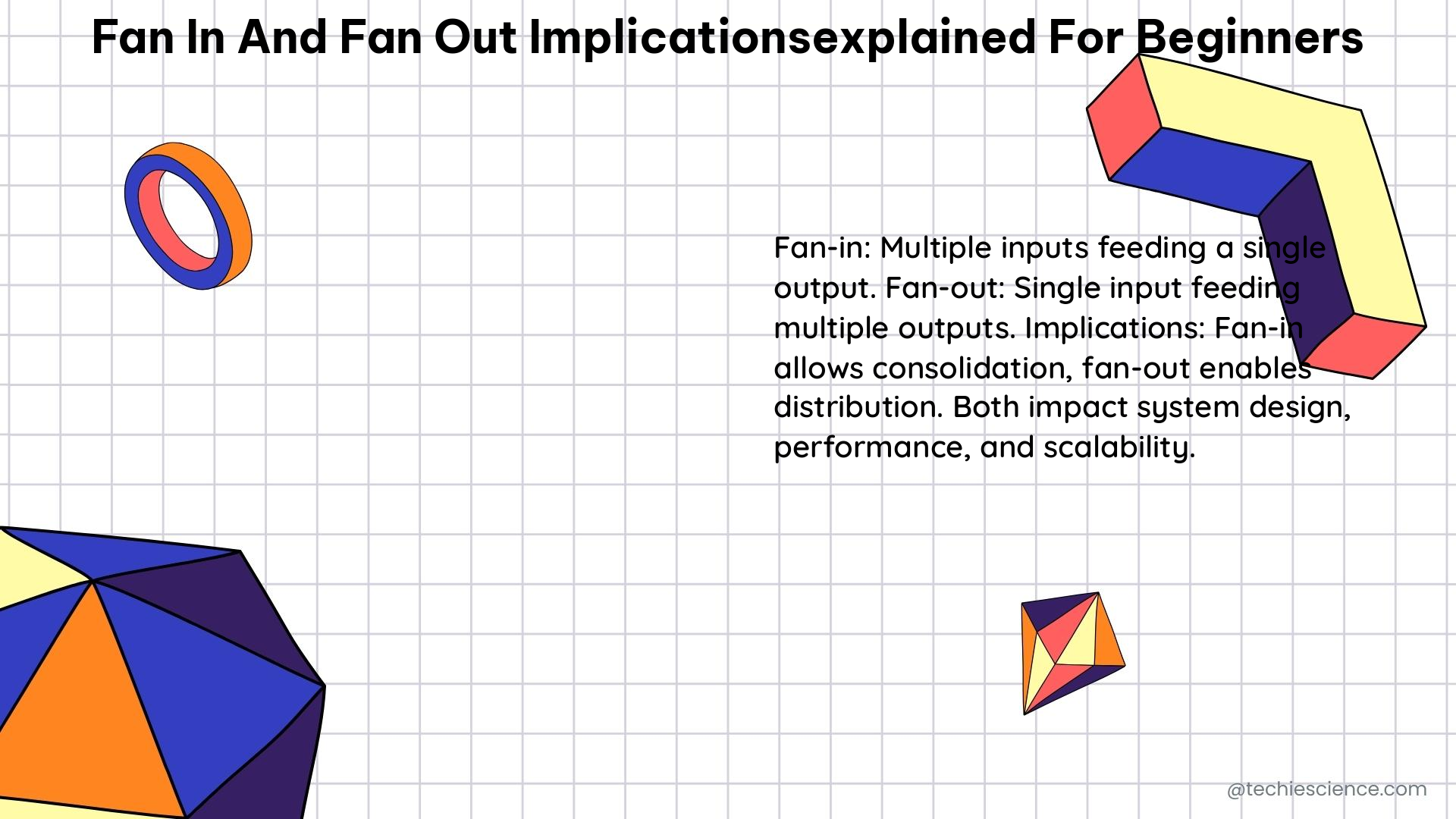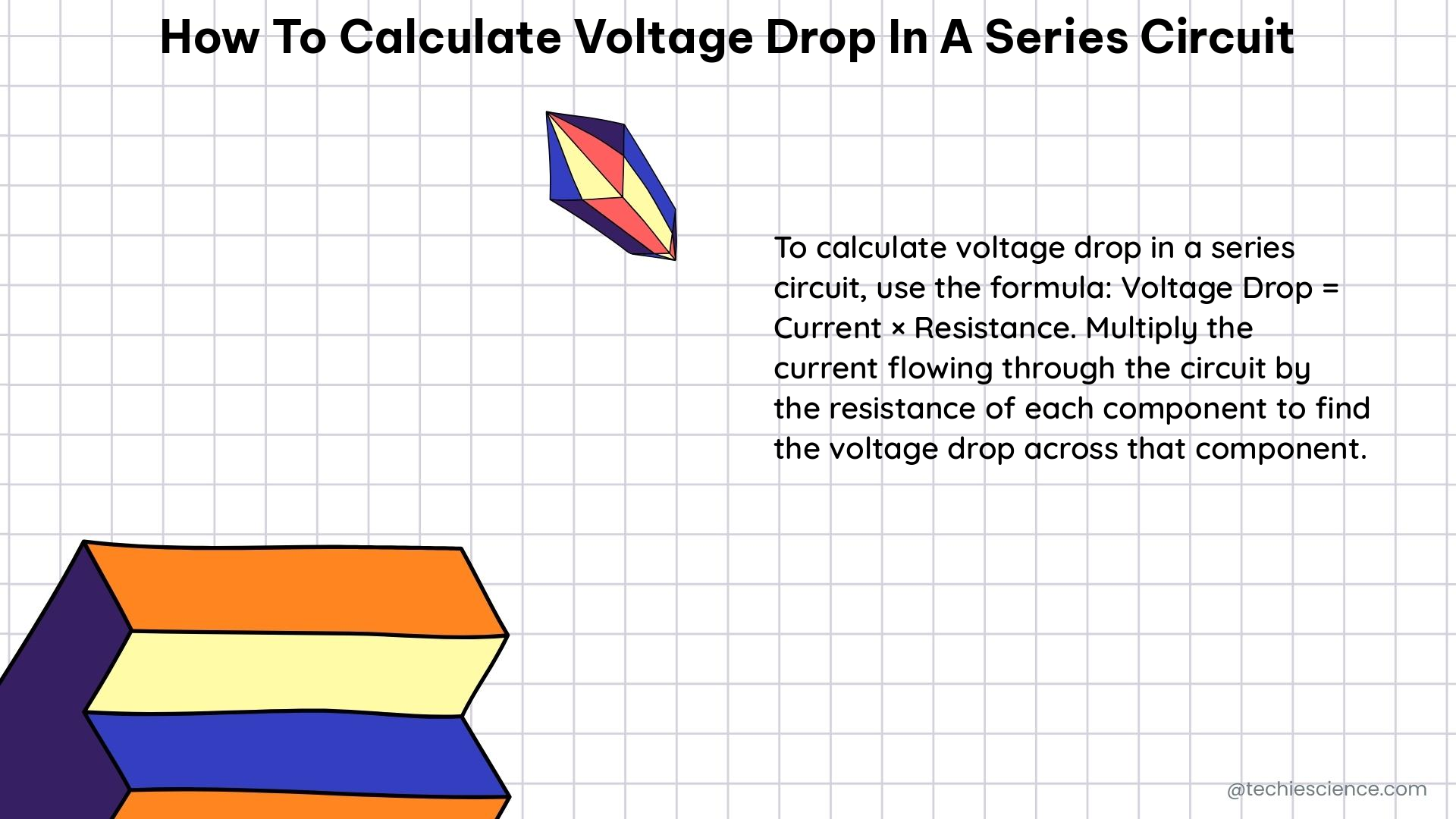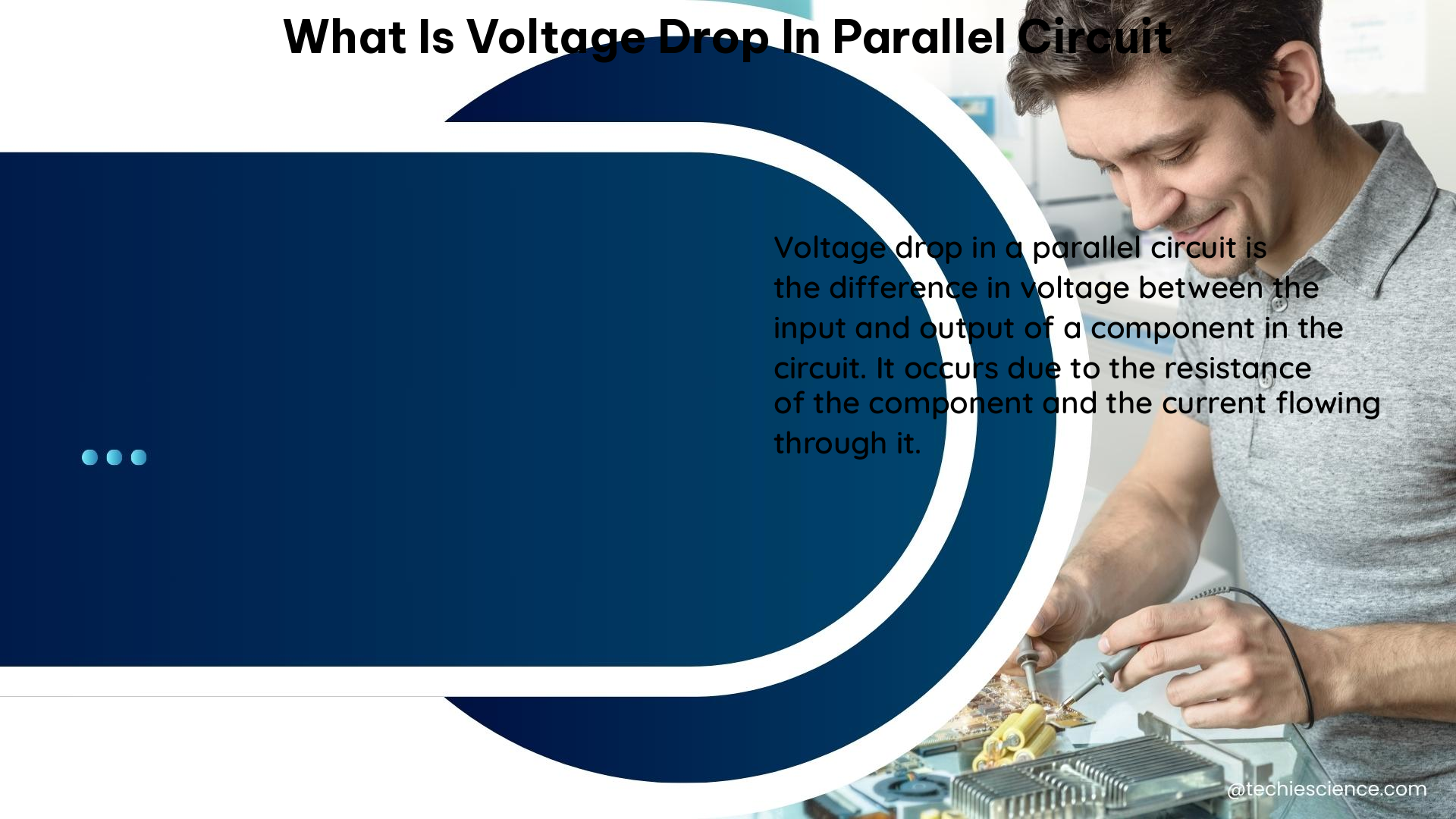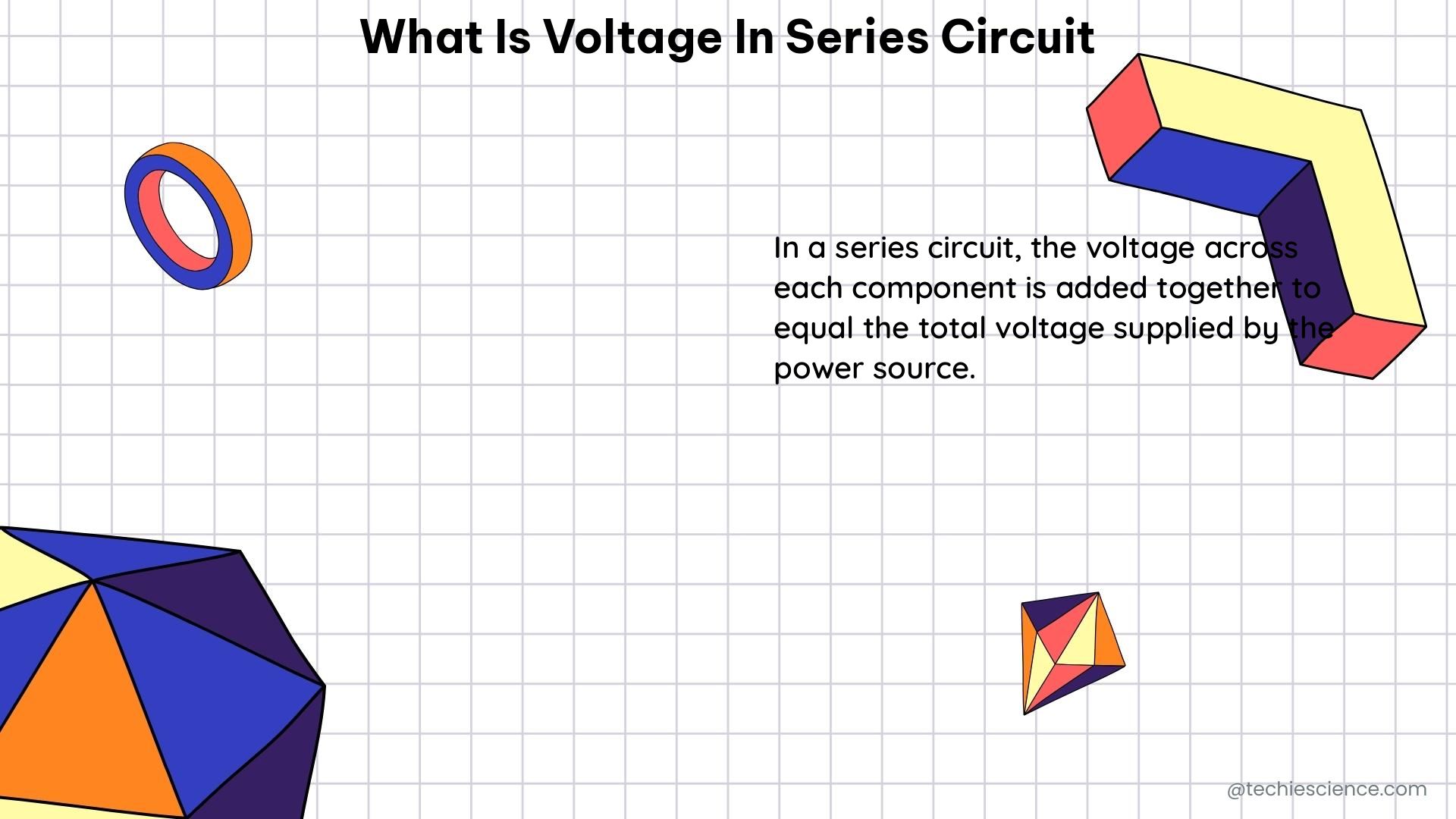In a parallel circuit, the voltage across each component is the same, and the total current is the sum of the individual branch currents. To calculate the voltage in a parallel circuit, you can use Ohm’s Law, which states that voltage (V) is equal to the current (I) multiplied by the resistance (R). This article will provide a detailed, step-by-step guide on how to calculate the voltage in a parallel circuit, complete with examples and technical specifications.
Understanding Parallel Circuits
In a parallel circuit, the components are connected in such a way that the current has multiple paths to flow through. This means that the current can split and flow through different branches, while the voltage remains constant across each component. The total current in a parallel circuit is the sum of the individual branch currents, and the total resistance is calculated using the formula:
1/Rt = 1/R1 + 1/R2 + 1/R3 + … + 1/Rn
where Rt is the total resistance, and R1, R2, R3, …, Rn are the individual resistor values.
Calculating Voltage in a Parallel Circuit

To calculate the voltage in a parallel circuit, you can use the following formula:
V = I / R
where:
– V is the voltage (in volts)
– I is the total current flowing through the circuit (in amperes)
– R is the total resistance of the circuit (in ohms)
Here’s a step-by-step guide on how to calculate the voltage in a parallel circuit:
-
Determine the total current (I): The total current in a parallel circuit is the sum of the individual branch currents. You can measure the total current using an ammeter or calculate it based on the power supply and the total resistance of the circuit.
-
Calculate the total resistance (R): To find the total resistance of the parallel circuit, use the formula:
1/Rt = 1/R1 + 1/R2 + 1/R3 + … + 1/Rn
where Rt is the total resistance, and R1, R2, R3, …, Rn are the individual resistor values.
- Apply Ohm’s Law: Once you have the total current (I) and the total resistance (R), you can use the formula V = I / R to calculate the voltage in the parallel circuit.
Here’s an example to illustrate the process:
Consider a parallel circuit with three resistors: R1 = 10 Ω, R2 = 20 Ω, and R3 = 30 Ω. The total current flowing through the circuit is 0.5 A.
-
Calculate the total resistance (Rt):
1/Rt = 1/10 + 1/20 + 1/30
1/Rt = 0.1 + 0.05 + 0.033
1/Rt = 0.183
Rt = 1/0.183 = 5.46 Ω -
Calculate the voltage (V) using Ohm’s Law:
V = I / R
V = 0.5 A / 5.46 Ω
V = 2.73 V
Therefore, the voltage in this parallel circuit is approximately 2.73 volts.
Important Considerations
-
Voltage Remains Constant: In a parallel circuit, the voltage across each component is the same, regardless of the resistance of the individual components. This is because the current can split and flow through multiple paths, allowing the voltage to remain constant.
-
Current Division: The current in a parallel circuit divides among the different branches, with the amount of current flowing through each branch inversely proportional to its resistance. This means that the branch with the lower resistance will have a higher current flow.
-
Power Dissipation: The power dissipated by each component in a parallel circuit is calculated using the formula P = I^2 * R, where P is the power, I is the current flowing through the component, and R is the resistance of the component.
-
Parallel Resistance Calculation: When calculating the total resistance of a parallel circuit, it’s important to use the formula 1/Rt = 1/R1 + 1/R2 + 1/R3 + … + 1/Rn, as this takes into account the inverse relationship between resistance and current in a parallel circuit.
-
Practical Applications: Parallel circuits are widely used in various electrical and electronic applications, such as power distribution, lighting systems, and electronic circuits, where the constant voltage across components is crucial for proper operation.
By understanding the principles of parallel circuits and the step-by-step process for calculating voltage, electronics students and professionals can confidently design, analyze, and troubleshoot parallel circuit configurations in their projects and applications.








